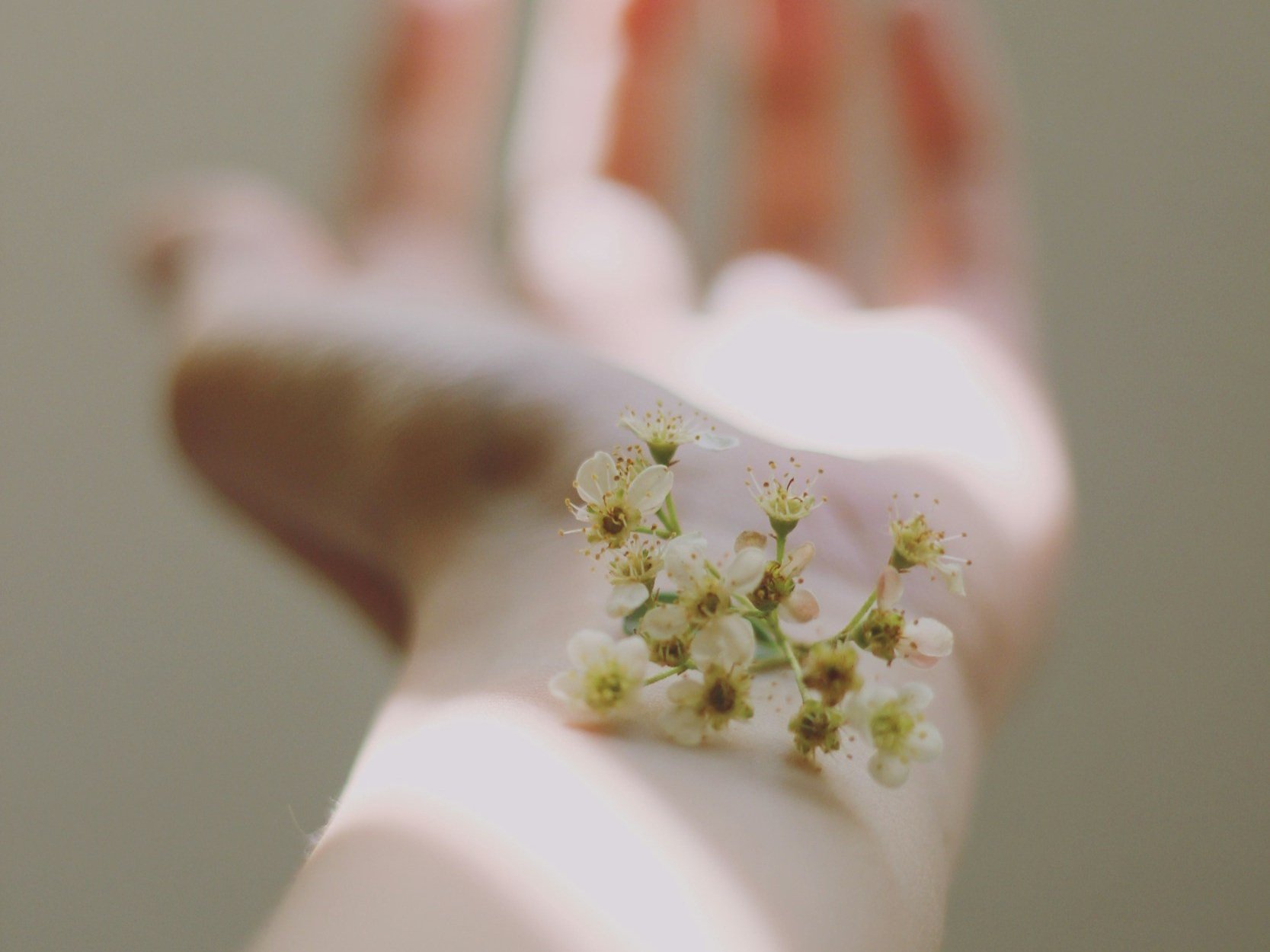As an Ayurvedic practitioner and a mother in my forties, I often find myself navigating the intersection of ancient wisdom and modern life, especially when it comes to nurturing both my own well-being and that of my children. During my pregnancy, I leaned on Ayurveda to support me through those transformative months, and one of the remedies I regularly turned to was Chyawanprash. I want to share my experiences and insights on this time-honored tonic, particularly regarding its use during pregnancy.
Chyawanprash: An Ancient Elixir for Modern Mothers
Chyawanprash, a rich, jam-like blend of herbs, minerals, and spices, has been a staple in Ayurvedic households for centuries. With ingredients like Amla (Indian gooseberry), which is renowned for its high vitamin C content, and a host of other rejuvenating herbs, it’s no wonder this concoction has withstood the test of time. But what about its use during pregnancy?
When I was pregnant with my second child, I experienced the usual mix of excitement and anxiety. Like many mothers, I was eager to do everything right for the little one growing inside me. While I was familiar with Chyawanprash as an immune-boosting and energizing supplement, I approached its use during pregnancy with caution and a bit of research.
Is Chyawanprash Safe During Pregnancy?
The short answer is yes, Chyawanprash can be a wonderful ally during pregnancy, but with some considerations. Ayurveda teaches us that every individual is unique, and what works for one person may not be ideal for another. This is especially true during pregnancy, a time of great change and heightened sensitivity.
Personally, I found Chyawanprash to be a comforting addition to my routine, especially during the colder months when my body craved warmth and nourishment. The blend of herbs helped me feel grounded and supported, particularly in the second and third trimesters when the demands on my body and mind were greatest. However, I always recommend consulting with your healthcare provider or Ayurvedic practitioner before introducing any new supplement into your regimen, especially during pregnancy.
The Benefits of Chyawanprash for Expecting Mothers
From my experience, here are some of the benefits I noticed while taking Chyawanprash during my pregnancy:
Enhanced Immunity: Pregnancy can sometimes make you feel more susceptible to colds and other minor ailments. The high vitamin C content and the overall immunomodulatory effects of Chyawanprash helped keep my immune system robust, which was a huge relief.
Balanced Energy Levels: Pregnancy fatigue is real, and juggling work, family, and self-care can be exhausting. Chyawanprash provided a steady source of energy, helping me to maintain a sense of vitality throughout the day.
Digestive Support: Constipation is a common complaint during pregnancy, and I wasn’t immune to it. The gentle digestive properties of Chyawanprash, along with its rich fiber content, made a noticeable difference in keeping my digestion regular and comfortable.
Nourishment for the Skin and Hair: Like many women, I experienced changes in my hair and skin during pregnancy. The Amla in Chyawanprash is particularly known for its benefits for hair health, and I did notice that my hair felt stronger and more resilient.
Emotional Well-being: Pregnancy is as much an emotional journey as it is a physical one. The adaptogenic herbs in Chyawanprash helped me manage stress and maintain a more balanced mood, which was beneficial for both me and my growing baby.
When to Avoid Chyawanprash
While Chyawanprash has many benefits, there are certain situations where it might be best to avoid it:
Diabetes: Due to its sugar content, Chyawanprash may not be suitable for those managing gestational diabetes or blood sugar concerns. In such cases, I would suggest consulting with your healthcare provider for alternatives.
Digestive Issues: If you experience any digestive discomfort, such as bloating or diarrhea, it may be wise to pause your intake of Chyawanprash until you feel better.
How to Take Chyawanprash During Pregnancy
If you decide to incorporate Chyawanprash into your pregnancy routine, here’s how I found it most effective:
Morning Ritual: I took a small amount (about half a teaspoon) on an empty stomach in the morning, followed by a glass of warm milk. This practice helped set a positive tone for the day and ensured that I absorbed the nutrients fully.
Seasonal Considerations: I found Chyawanprash to be particularly beneficial during the colder months when I needed extra warmth and immunity support. During the hotter months, I reduced my intake or took it in the evening.
Final Thoughts
Pregnancy is a beautiful, transformative time, but it can also be challenging. Finding safe, nourishing ways to support your body is crucial. Chyawanprash was one of those supports for me, offering both physical and emotional nourishment. However, as with any supplement, it’s essential to listen to your body and consult with a professional to ensure it’s right for you.
From one mother to another, I hope this information helps you feel more empowered and supported during your pregnancy journey. Remember, Ayurveda is all about balance and listening to your body’s wisdom—trust in that, and you’ll be well on your way to a healthy, happy pregnancy.
Disclaimer
The sole purpose of these articles is to provide information about the tradition of Ayurveda. This information is not intended for use in the diagnosis, treatment, cure or prevention of any disease.







